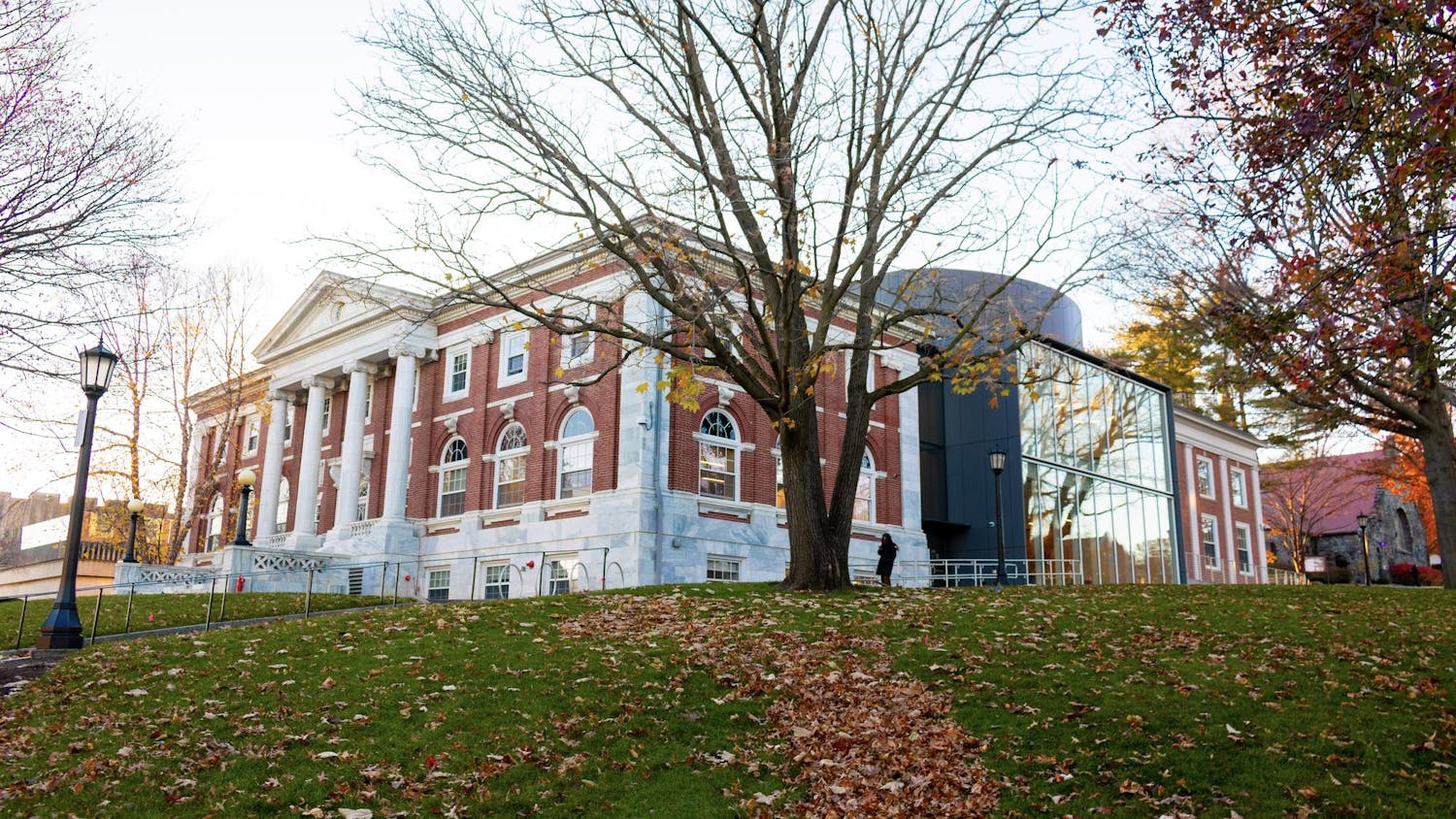For as long as college sports have existed, the debate over paying student athletes to compete has simmered on. In more recent years, the conversation has been drawn into the public spotlight once again. Should colleges and universities pay student athletes? Although the issue is undeniably complex, the answer is yes… well, kind of. Let’s take a look at the financial side of collegiate sports and see if students deserve a cut.
A few notes for clarification: There are two main ways to draw information about athletic department revenues and spending — the Department of Education’s database and the NCAA’s reports. However, this data is unreliable.With that being said, it’s difficult to really measure a university’s fiscal ability to even pay students for their work. For the sake of simplicity, we’ll assume that the only schools that could feasibly pay athletes are members of the Power Five conferences in the NCAA’s Div. I.
In 2015, the Washington Post produced an in-depth report on the financial landscape of most Power Five schools ending in fiscal year 2014. Although not the most recent numbers, they are easily accessible and still relevant to the overall discussion about athlete pay. The report describes a grim reality — only 24 of 48 schools in the Power Five conferences were profitable programs. Surprisingly, those 24 schools were the only schools in the country to run in the black.
The argument, then, that schools who can’t turn a profit don’t need to pay athletes seems compelling. But Michigan State University, for example, whose program ran a deficit in 2014, paid head football coach Mark Dantonio a startling $5.6 million the previous year. High head coaching salaries aren’t unusual at top programs, even the ones that are losing money, yet it's worth noting Michigan State could have afforded to pay all 120 members of their roster around $38,000 for the season while still leaving Dantonio a generous $1 million salary. Clearly a university’s profitability doesn’t affect its ability to pay coaches, so it shouldn’t have an impact on its ability to salary its players. But why should athletes even get paid?
The answer to why someone should be paid for something is almost always rooted in the sacrifice an individual makes. In this case, the cost to high level collegiate athletes is high. Athletes can be impaired for life with no money to show for it, and sometimes no college degree. The counterargument that universities ‘pay’ their athletes by providing them with free degrees is weak, too. There are well-documented cases where universities put their athletes through sham classes and encourage them to avoid declaring difficult (and generally lucrative) majors. Universities and TV networks need to stop exploiting young athletes and their livelihoods for money. That’s the end of the story. It seems like at least the California state government agrees. Beginning in 2023, college athletes will be allowed to hire agents and accept endorsement money, a first step in recognizing the value of their contributions.
More from The Tufts Daily
Editorial: Letter to the Hill
By
The Editorial Board
| December 8
Are the Oscars really merit-based?
By
Jachin Lam
| December 8





